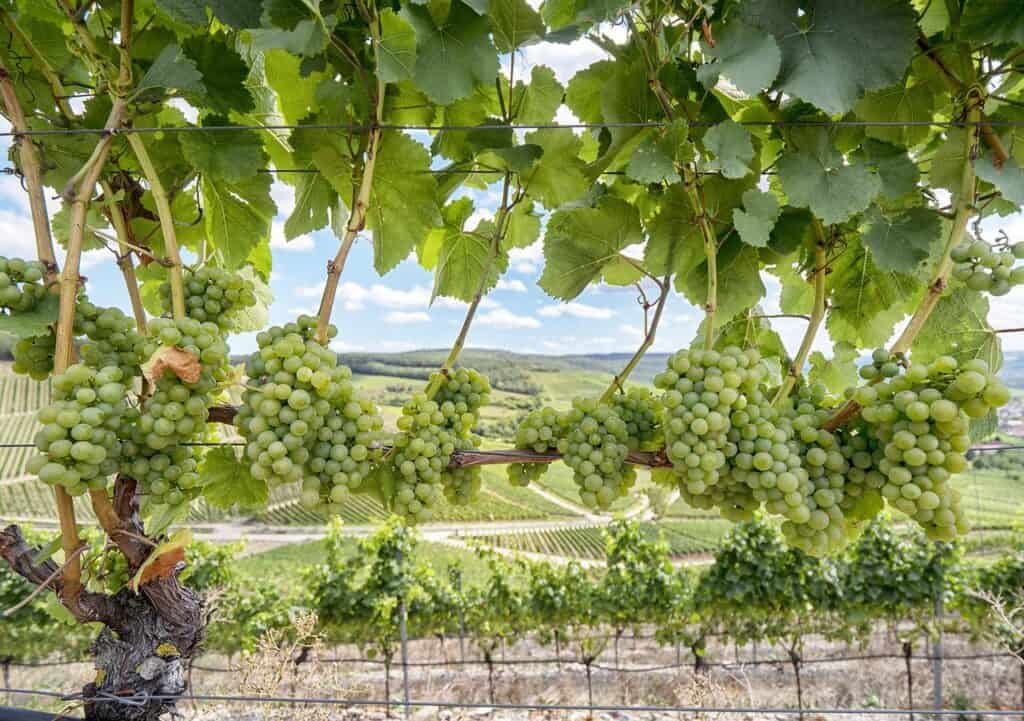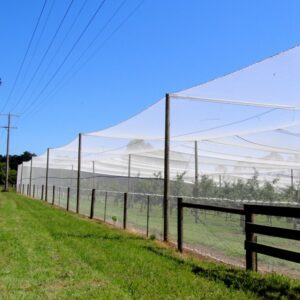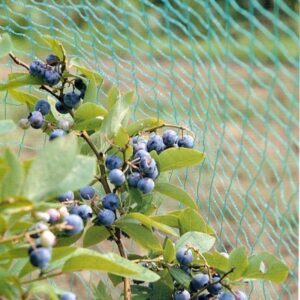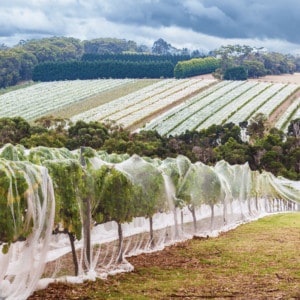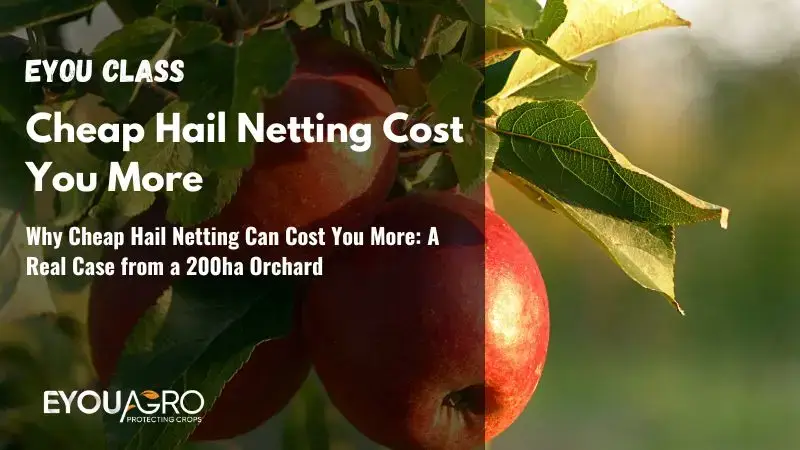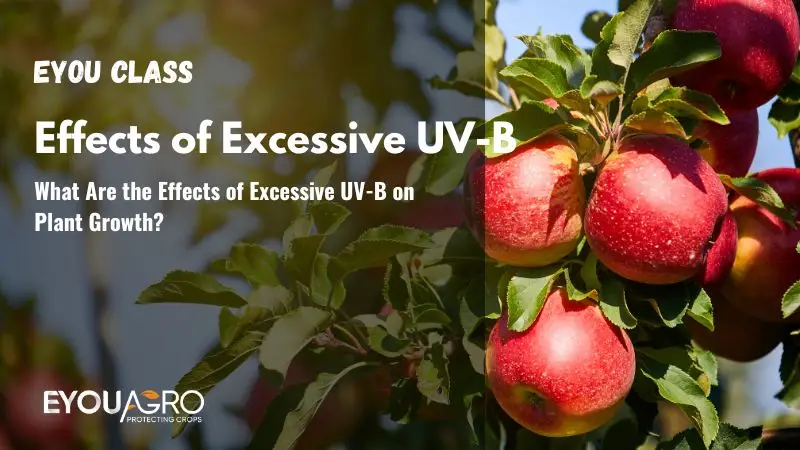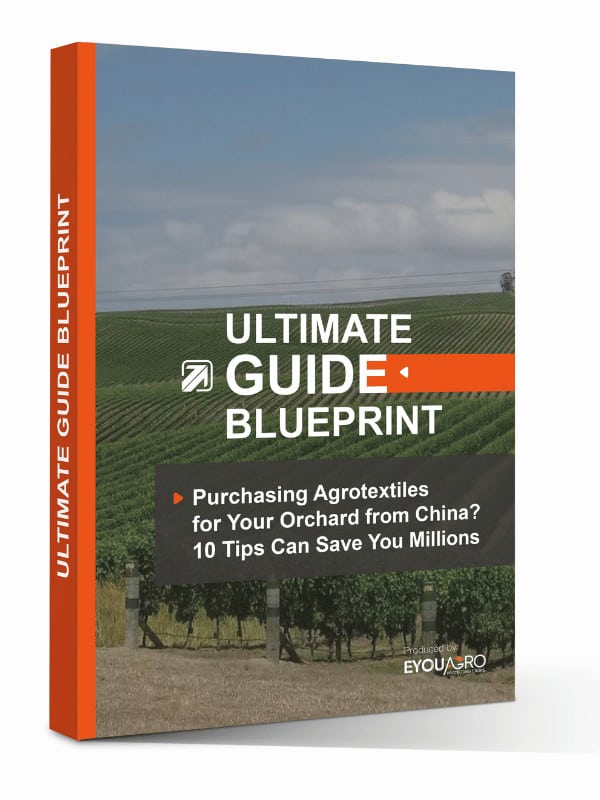Many problems can pose a danger to your vineyard.
Making a trellis for your vineyard that will safely and securely support your vines is essential to the overall health of your plants and harvest.
You will want to build a structure before you plant any vines or add any vineyard netting.
There are several different kinds of grape nets, and they have their own installation methods.
Excess sunlight, wind , and hail storm can cause stress on your budding vines, stunting their growth.
Building a trellis in the early growing season ensures your vineyard is correctly cared for from the very start.
Let’s see how you can build the trellis for your grape vines for the profit and health of your vineyard.
1. Decide on Your Trellis Design
Choose side netting or drape netting according to your vineyard’s requirements. They’re mounted on a different trellis. Many trellis designs have been used over the years. They may be the same in some aspects but differ according to their usage and the vineyard’s climate.
The most common types of trellis systems are:
- Cordon System
- Vertical Shoot Positioning (VSP) System
- Geneva Double Curtain (GDC) System
- Scott Henry System
The Vertical Shoot Positioning (VSP) system is the most common type of trellis system.
The VSP system trains grapevines up a wire with canes tied to it.
This system is more commonly used in warmer climates as it allows for better airflow around the fruit zone and reduces the risk of mildew and fungus.
There are three types of VSP trellises, which include:
- Single Wire Trellis
- Double Wire Trellis
- Smart-Dyson Trellis
2. Decide on the Material for Your Posts and Wire
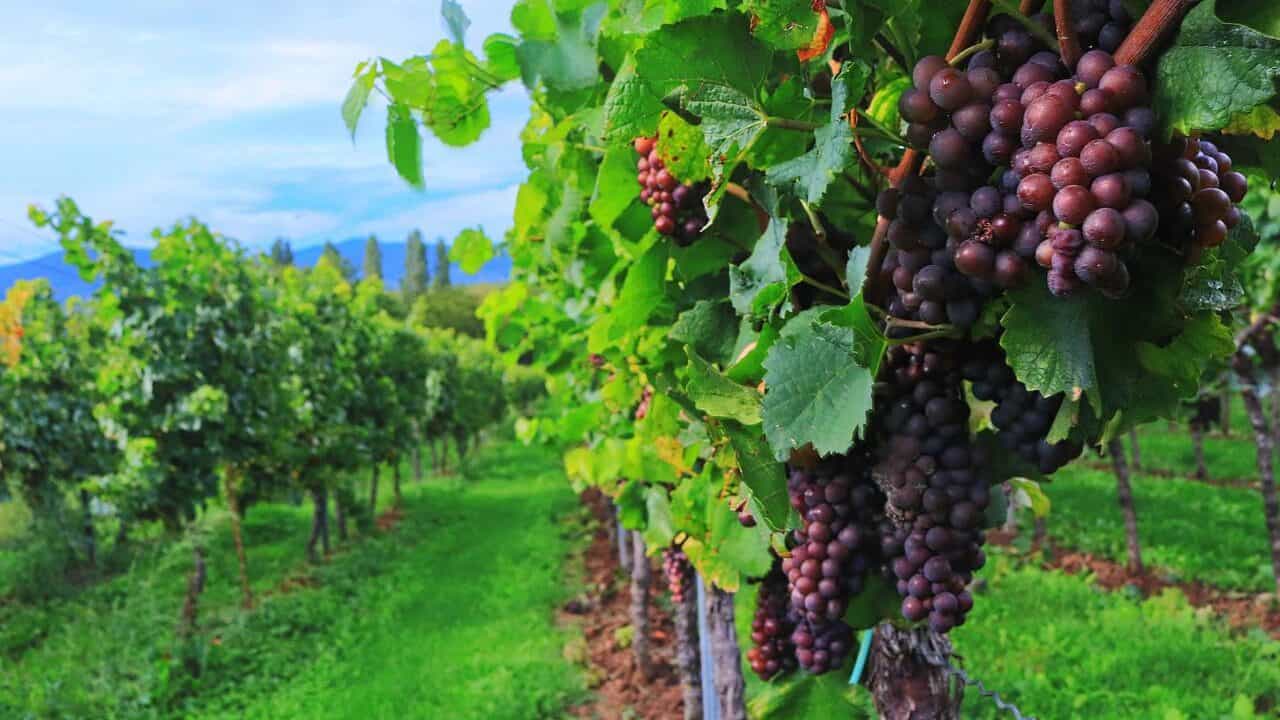
Next, after you settle on a grape vine trellis design, decide on what material you want to use for your posts and what type of wire you want to use. The types of material used for posts will depend on how long you intend for this trellis to last and also how much weight it will need to hold.
The common materials for posts include:
- Wood
- Metal
- PVC pipe
To know the number of posts you need, divide the length of your row or rows by 10 feet.
For example:
If your rows are 100 feet long, you will need 10 posts per row. Assuming that you’re doing 2 rows, that means 20 posts total. You can choose a zig-zag pattern with your trellis construction, so if one row is 100 feet long and the other is 80 feet long, that would mean 20 posts on the first row and 16 posts on the second row.
How to Build a Grape Trellis
Whether you’re planting in your yard or a garden, there are a few different ways to build a grape trellis that will suit your needs. Here are three options:
1) High Cordon Grape Trellis: This is an excellent option for growers who want an easy-to-build, sturdy trellis that can be used for years. It’s also a good choice if there’s not much space in your garden or yard because it doesn’t require much room!
2) Grape Arbor: An arbor is another excellent option for growers who want something simple but sturdy—and it looks great, too! This trellis type can be used for any vine, not just grapes!
3) Pergola: A pergola is another great way to add shade to your yard while supporting vines like grapes or hops!
You may want to consider using different types of wire for each layer or section of the vineyard. Eyouagro recommends using a heavier gauge wire for the bottom layers, closer to the ground, where vines are stronger, and a lighter gauge wire at the top, where vines are more likely to break.
3. Place Your Posts in the Holes
To make the grape trellis, you should use 6-inch by 6-inch posts that are around 10 feet long. Depending on the length of your vineyard, you should place these posts about 8 to 10 feet apart.
You will also need 4-inch by 4-inch posts around 8 feet long to run along the top of your grape trellises. Place these posts about 5 feet apart, depending on the length of your vineyard.
Place posts in the holes and ensure that they are level and straight. Put a concrete mix in each hole and place a row of nails in each post, leaving a few inches at the top without nails so that you can attach another row of posts later.
You will then need to prepare more holes for your second row of posts, but at this point, they should be placed 5 feet apart. Repeat this process using concrete and nails, ensuring that each hole is dug at least 3 feet deep.
4. Fill in the Holes around Your Posts
Once you have chosen your posts, you should decide how tall your trellis will be. The taller you go, the more space it will take up in your vineyard. In addition, if you have a large vineyard or grapes that grow long vines, they may not fit through a smaller trellis!
The next step is installing the post into the ground. This can be done by hand or with machinery such as an auger or post-hole digger. You must dig deep enough so it is not in danger of falling over when someone walks by it, which could cause injury if someone trips on it!
After installing your post, fill any gaps around them with soil so that water drains away from them instead of the pool.
5. Install a Wire System to Support Your Vines
To install a wired system, you must prepare posts and galvanized wire beforehand. Posts should be at least 2 m long and made from treated wood. To prevent rotting, insert them at least 50 cm into the soil! Measure out and mark where you want your posts to go, then dig holes using a post hole digger (or you can use an auger).
Next, set the posts in place and secure them with concrete.
Once they’re in place, run a wire between each post.
When installing the wires, ensure they are taut but not overly so. Leave enough space between the bottommost wire and the ground for your workers to move around freely once the vines grow. Typically, this will mean leaving a 1-1.5 meter gap between the ground and the lowest wire. Preferably, leave more space between the topmost wire and the trellis post. This will allow you to prune more quickly in the future!
Before planting your vines, you must attach vineyard wire clips to support them. If you’re using training wires or a VSP (vertical shoot positioning) system, these clips should be installed when a vine meets a support line for two-wire systems.
6. Install Vineyard Netting Over Your Vine Plants
Once you build your vineyard trellis, your next stop is Vineyard netting. This is the most effective and efficient way to protect your vines from birds, insects, and harsh weather. You can get the netting from vineyard suppliers. The drape netting comes in varying widths, but our 12’ wide netting provides ample coverage for one row of vines.
You can install vineyard netting over your trellis system by running a rope along the top of the posts and then draping the netting over it. The rope should be tight to prevent birds from sneaking under the netting.
Drape the vineyard netting over the trellis system so that it falls on both sides of the vines but does not come in contact with the foliage or fruit. Using a double-post trellis system, pull the netting down over one side, weave it through the posts, and pull it up over the other. Secure your vineyard netting by stapling it to wooden stakes or tying it to wire anchors.
Conclusion
Building trellises isn’t hard, but it’s essential.
How you do it and what material you choose is entirely up to you since vineyards come in many shapes and sizes.
If you’re concerned about the expense of materials, you can reuse old posts, build from pallets, or use recycled steel instead of buying new wood.
Consider getting creative. The goal is to have a robust and sturdy structure for your vines to climb over and over as they produce fruits for years.

Related Posts
Eyouagro manufactures quality and environmentally friendly vineyard netting products to protect and support your vineyard plants.
Kindly, contact us at info@eyouagro.com for more information about the selection of vineyard products and other fruit recommendations.

